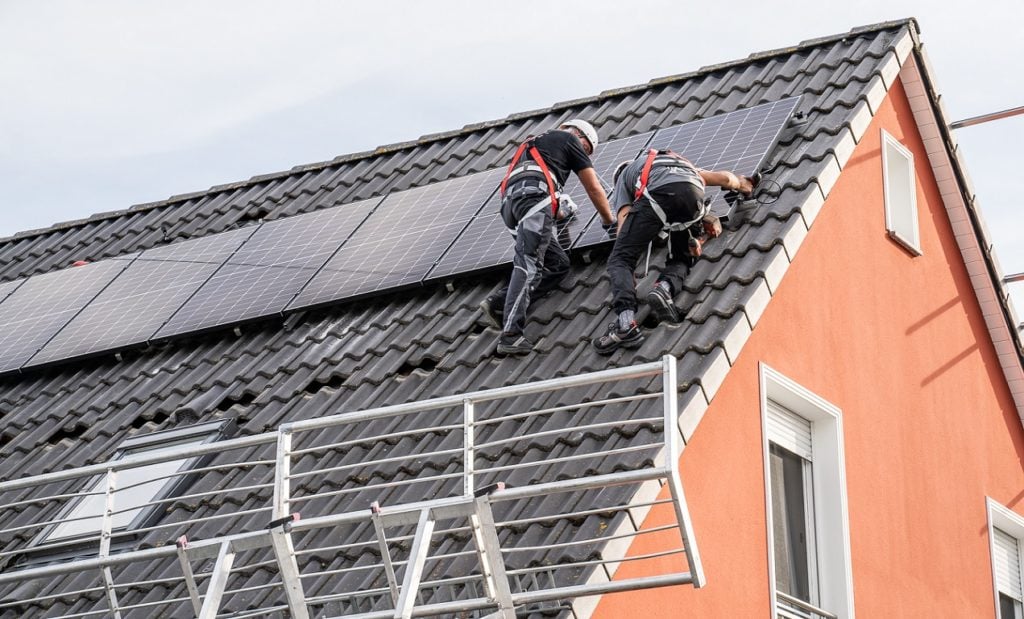
Two-thirds of new solar PV generation capacity added in Germany in the first half of 2024 came from building installations, according to data from the German Federal Network Agency the Bundesnetzagentur.
Last week, the agency published figures which showed that Germany added 7.5GW of total new PV capacity from January through June this year. This pushed it past 90GW of total installed PV capacity, following over 1GW of new capacity additions every month since March 2023.
Try Premium for just $1
- Full premium access for the first month at only $1
- Converts to an annual rate after 30 days unless cancelled
- Cancel anytime during the trial period
Premium Benefits
- Expert industry analysis and interviews
- Digital access to PV Tech Power journal
- Exclusive event discounts
Or get the full Premium subscription right away
Or continue reading this article for free
The more recent data shows that two-thirds of that 7.5GW was deployed on buildings, in either the residential or corporate & industrial (C&I) market sectors.
Klaus Müller, president of the Bundesnetzagentur said: “We are seeing continuous growth, especially in the solar installations. Nearly 10% more solar power has been added to the total capacity since the end of 2023. Two thirds of the growth came in the form of building installations, which include balcony solar panels. At the end of June we exceeded 90 gigawatts of installed capacity for the first time. An enormous development and challenge for the entire transformation process in the electricity sector.”
Moreover, the Bundesnetzagentur said that 200MW worth of balcony PV was installed across around 220,000 systems. Balcony installations have been growing in Germany since the government streamlined the registration process in April.
As a result, module and battery companies have started to target the balcony market segment specifically, like Chinese firm Anker, which has launched a product for balcony installations. Other companies have also launched similar offerings.
The Bundesnetzagentur said that the trend for more powerful solar modules has benefitted the balcony market segment, and has brought the average gross capacity of each unit up from around 800W last year to 900W this year. According to the International Technology Roadmap for Photovoltaics (ITRPV), most solar module and cell production will have shifted to n-type structures by the end of this year, with overwhelming market dominance set to begin in 2025.
Small-scale installations like balcony systems particularly benefit from higher efficiency and higher power modules. Often, interdigitated back contact (IBC) or heterojunction technology (HJT) modules are the technology of choice for these distributed installations, as they offer the greatest conversion efficiency for the available space.






